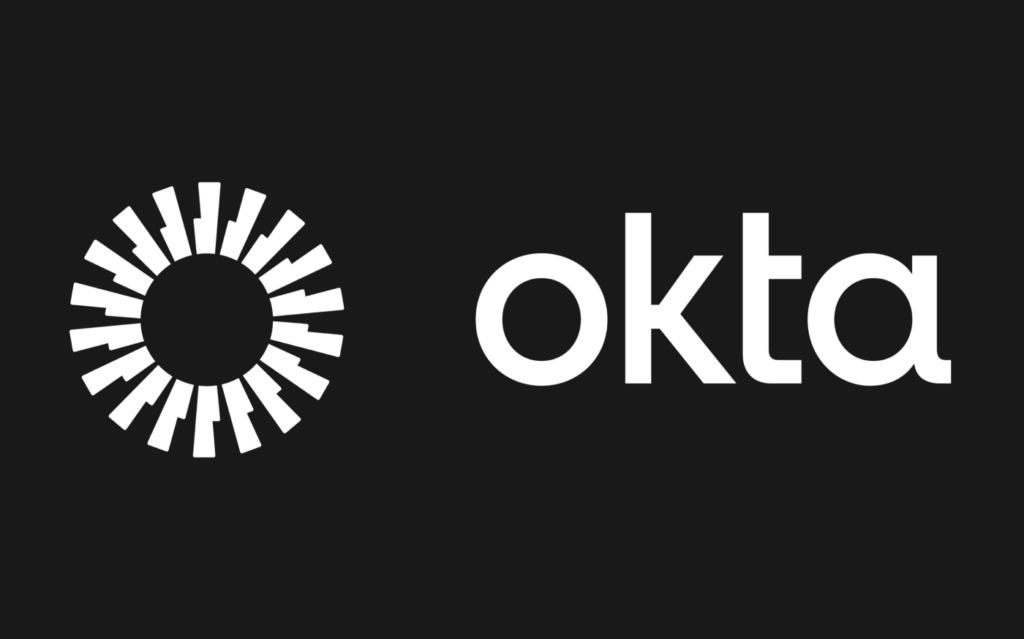In a world increasingly reliant on digital technologies, cybersecurity has emerged as a critical concern for businesses and consumers alike. High-profile data breaches and cyberattacks have made headlines, eroding trust and exposing vulnerabilities. Among the myriad of companies tackling these challenges, Okta stands out as a leader in identity and access management (IAM). Founded in 2009, Okta has positioned itself at the forefront of cybersecurity, emphasizing a proactive approach to securing digital identities. This op-ed explores the current trends in cybersecurity, drawing on Okta’s strategies and innovations to illustrate how companies can navigate this complex landscape.
The Growing Threat Landscape
As cyber threats become more sophisticated, the need for robust cybersecurity measures has never been greater. Businesses face an array of challenges, including phishing attacks, ransomware, and data breaches. The consequences of inadequate security can be severe, leading to financial losses, reputational damage, and regulatory penalties.
- Increased Attack Surface: The rapid adoption of remote work and cloud technologies has expanded the attack surface for cybercriminals. With more devices connected to networks, the potential entry points for attacks have multiplied.
- Sophistication of Cyber Attacks: Cybercriminals are employing increasingly sophisticated tactics, leveraging artificial intelligence (AI) and machine learning to bypass traditional security measures. This evolution necessitates a shift in how organizations approach cybersecurity.
- Regulatory Compliance: As governments implement stricter regulations around data protection, businesses must prioritize compliance to avoid hefty fines. The General Data Protection Regulation (GDPR) and the California Consumer Privacy Act (CCPA) are prime examples of regulations that require robust cybersecurity practices.
Okta’s Strategic Approach to Cybersecurity
Okta’s success in the cybersecurity arena can be attributed to its comprehensive approach to identity management. The company recognizes that identity is the new perimeter, and protecting digital identities is paramount.
- Zero Trust Architecture: Okta advocates for a Zero Trust security model, which assumes that threats could be internal or external. By verifying every request, regardless of its origin, organizations can better protect sensitive data. This approach requires continuous authentication and authorization, ensuring that only the right users access the right resources.
- Identity and Access Management: Okta’s core offering revolves around IAM, enabling organizations to manage user identities and access rights securely. By centralizing identity management, businesses can streamline user access while minimizing the risk of unauthorized access.
- Integration with Cloud Services: As businesses increasingly migrate to cloud services, Okta offers seamless integration with various applications and platforms. This flexibility allows organizations to enhance security without compromising user experience.
Emphasizing User Education and Awareness
While technological solutions are crucial, Okta also emphasizes the importance of user education in preventing cyber threats. Employees are often the weakest link in an organization’s security posture, making awareness and training essential.
- Phishing Simulations: Okta conducts regular phishing simulations to educate employees about recognizing suspicious emails. By creating real-life scenarios, organizations can reinforce training and reduce the likelihood of successful phishing attacks.
- Security Awareness Campaigns: Okta advocates for ongoing security awareness campaigns, providing employees with the resources they need to stay informed about emerging threats and best practices for maintaining security.
- Encouraging a Security-First Culture: By fostering a culture of security awareness, organizations can empower employees to take an active role in protecting sensitive data. This cultural shift is crucial in building a resilient cybersecurity posture.
The Role of Artificial Intelligence in Cybersecurity
The integration of AI and machine learning in cybersecurity is transforming how organizations detect and respond to threats. Okta has embraced these technologies to enhance its security offerings.
- Threat Detection: AI algorithms can analyze vast amounts of data to identify unusual patterns and behaviors, enabling organizations to detect potential threats in real-time. By leveraging AI, Okta enhances its threat detection capabilities, allowing for quicker response times.
- Automating Responses: Machine learning can automate responses to certain threats, reducing the burden on security teams. For example, if a suspicious login attempt is detected, the system can automatically trigger a multifactor authentication (MFA) challenge.
- Predictive Analytics: AI-powered predictive analytics can forecast potential security incidents, allowing organizations to take proactive measures to mitigate risks. This forward-thinking approach is essential in staying ahead of cybercriminals.
Challenges and Future Trends in Cybersecurity
While Okta’s strategies position it as a leader in cybersecurity, the landscape is ever-evolving, presenting new challenges and opportunities.
- Emerging Technologies: The rise of technologies such as the Internet of Things (IoT) and 5G networks introduces new vulnerabilities. As more devices connect to the internet, securing these endpoints becomes increasingly complex.
- Supply Chain Security: Recent incidents, such as the SolarWinds breach, have highlighted the importance of securing the entire supply chain. Organizations must evaluate their vendors’ security practices to ensure they are not exposed to third-party risks.
- Regulatory Landscape: As governments implement new regulations, organizations must adapt their cybersecurity strategies to remain compliant. This requires ongoing investment in security measures and continuous monitoring of regulatory changes.
In an era where cyber threats are pervasive and sophisticated, organizations must prioritize cybersecurity to protect their digital assets. Okta’s strategic approach, emphasizing identity management, user education, and the integration of AI, serves as a roadmap for businesses navigating this complex landscape. As the threat landscape continues to evolve, organizations that adopt proactive measures and foster a culture of security awareness will be better positioned to withstand cyber threats. The lessons learned from Okta’s resilience can guide other companies in building robust cybersecurity frameworks, ultimately safeguarding their reputations and ensuring the trust of their customers.

More PR Insights
Corporate Communications in the Age of Transparency: A Double-Edged Sword
The Power of Transparent Communication in Corporate Culture
Power of Authentic Storytelling in Consumer PR